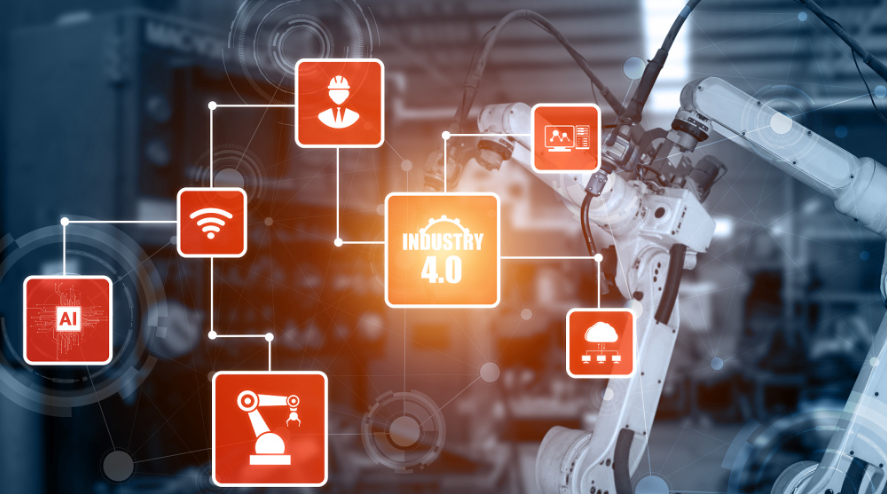Industrial robots have transformed manufacturing by boosting precision and efficiency. However, as more companies depend on these automated machines, the risk of malfunctions also grows. Understanding the common causes of these failures is essential for manufacturers who want to keep their production lines running smoothly.
Robot malfunctions can stem from various sources, such as human error, issues with control panels, mechanical failures, power supply interruptions, and environmental conditions. Addressing these factors proactively not only promotes safety but also reduces costly downtime. By shifting focus from blame to prevention, manufacturers can create a safer and more efficient workplace.
Programming is at the heart of how industrial robots function. When done correctly, it ensures that robots operate within their intended parameters, performing tasks with precision. However, errors in programming can lead to severe issues, from minor glitches to major accidents.
For instance, incorrect activation settings in control panels or mistakes in using teach pendants can cause robots to malfunction unexpectedly. To mitigate these risks, it's crucial for programmers to receive thorough training and be provided with clear, detailed guidelines. Ensuring that robots are configured correctly from the outset sets a solid foundation for their reliable operation.
Proper training for robot operators is a key factor in minimizing malfunctions. Operators should be able to identify early warning signs of potential issues, helping prevent problems before they escalate. Regular training not only improves operator awareness but also reduces the likelihood of human errors leading to robot malfunctions.
In addition to training, controlling access to robots is critical. Restricting access to authorized personnel through security features, such as facial recognition, helps ensure that only trained individuals interact with the machinery. This limits the chances of tampering or accidental operation by unqualified staff and enhances the organization’s overall security.
Regular maintenance plays a significant role in keeping robots in peak condition. Dust accumulation, for instance, can hinder functionality and even damage sensitive components. Routine cleaning and inspection help prevent these issues, extending the robot's operational lifespan and maintaining optimal performance.
Adopting proactive maintenance strategies can further enhance robot reliability. Using sensors to monitor wear and tear allows maintenance teams to address minor issues before they escalate into major problems. Connectivity features also enable robots to transmit diagnostic information, giving technicians valuable insights into their condition.
As technology advances, the idea of robots diagnosing their own issues is becoming a reality. Self-diagnosing robots equipped with artificial intelligence can monitor their performance and detect potential malfunctions early. In some cases, these robots may even initiate the process of ordering replacement parts or alerting maintenance teams to specific issues.
This capability promises significant benefits for manufacturers, including improved efficiency, reduced maintenance costs, and enhanced safety. By identifying problems before they cause disruptions, self-diagnosing robots can ensure smoother, more continuous operations in industrial settings.
Maintaining a reliable and safe industrial environment requires a proactive approach to robot programming, training, maintenance, and access control. By focusing on preventative measures, manufacturers can minimize the impact of robot malfunctions and promote a culture of safety and efficiency. The future of self-diagnosing robots offers exciting potential for further reducing downtime and costs, allowing companies to stay competitive and productive in a rapidly evolving landscape. Embracing these advancements can help manufacturers unlock the full potential of robotics in the industrial sector.

Our hours